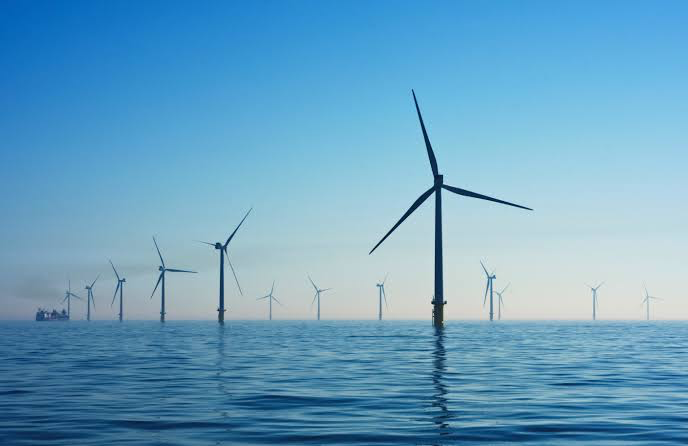The global demand for clean energy has led to a surge in offshore wind farm developments. However, many of these projects faced the risk of cancellation due to rising costs and low profitability. To avoid losing these vital sources of renewable power, governments have stepped in to offer higher prices and incentives to developers.
Offshore wind farms are large-scale installations of wind turbines in the sea that can generate electricity without emitting greenhouse gases. They have high upfront costs, but over the long term, they can provide cheaper energy than fossil fuel plants.
Many countries have set ambitious targets for expanding their offshore wind capacity as part of their efforts to reduce emissions and meet the goals of the Paris Agreement. However, some of these targets became unrealistic this year when developers scrapped projects in the U.S. and Britain because the costs exceeded the revenues.
Investors told Reuters that governments have since shown more willingness to pay higher prices for the electricity produced by offshore wind farms, helping to restore confidence in the future of the industry.
“The reality is governments are starting to react and are accepting that to keep their offshore wind programs on track – which are important for the economy, energy security, decarbonization targets, and jobs – it worth paying a bit more,” said Jonathan Cole, CEO of project developer Corio Generation.
Corio, along with TotalEnergies and Rise Light and Power, won an auction held by New York State for their Attentive Energy One 1.4 gigawatt (GW) offshore wind project, part of a wider procurement of 6.4 GW of renewable capacity, enough to power around 2.6 million homes.
Data from the New York State Energy Research and Development Authority, which runs the state’s renewable auctions, said the average contract price offered in the auction result, announced in October, was around 28% higher than the earlier auctions held in 2018 and 2020.
Corio’s Cole said the higher price was based on the current market conditions.
Second Largest Offshore Wind Market
In Britain, the world’s second-largest offshore wind market behind China, developers can bid for government-backed price guarantees for the electricity produced, called Contracts for Difference (CFDs).
Britain’s last auction in September failed to attract any offshore wind projects, with developers saying the guaranteed price on offer was too low. Since then, the government has said it would offer contracts with a price 66% higher at the next auction due to be held in 2024.
Keith Anderson, CEO of Iberdrola-owned Scottish Power, said the increase showed Britain’s government had listened to industry concerns and such a move would be likely to prevent the kind of write-downs that some companies have had to make for U.S. projects.
In Britain, before companies can bid in CfD auctions they must already have met certain criteria. As a result, Anderson said companies could have invested 500 million pounds ($631.15 million) into projects before even getting to the auction stage.
The future of offshore wind looks bright as governments and developers work together to overcome the challenges and harness the potential of this clean energy source.



